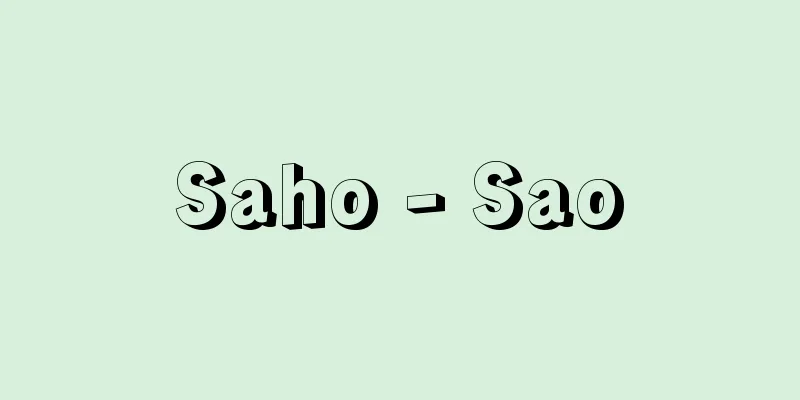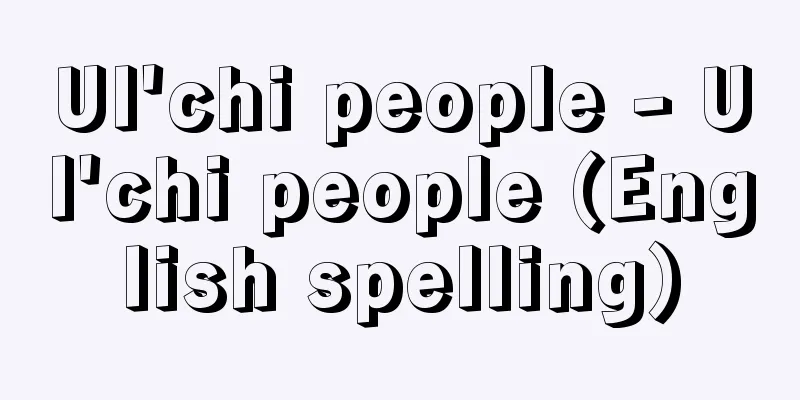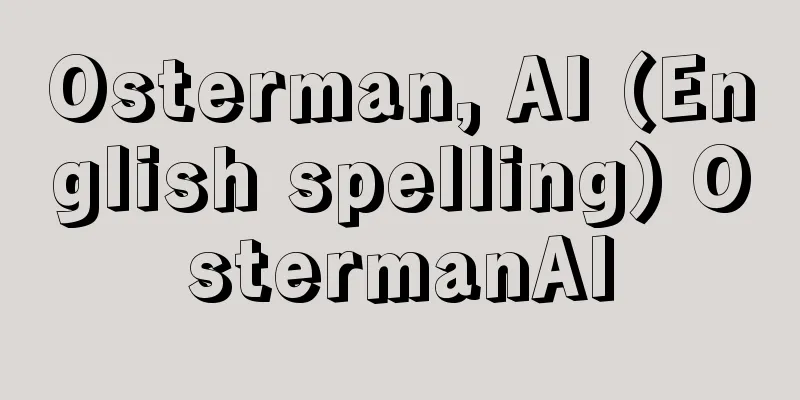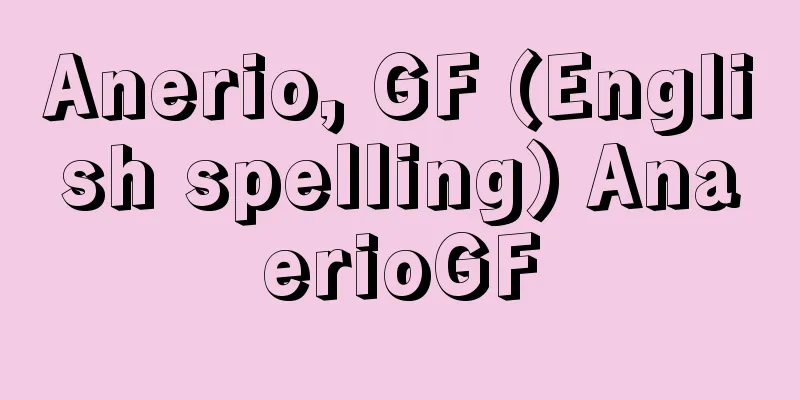Police Duties Execution Law - Police Duties Execution Law
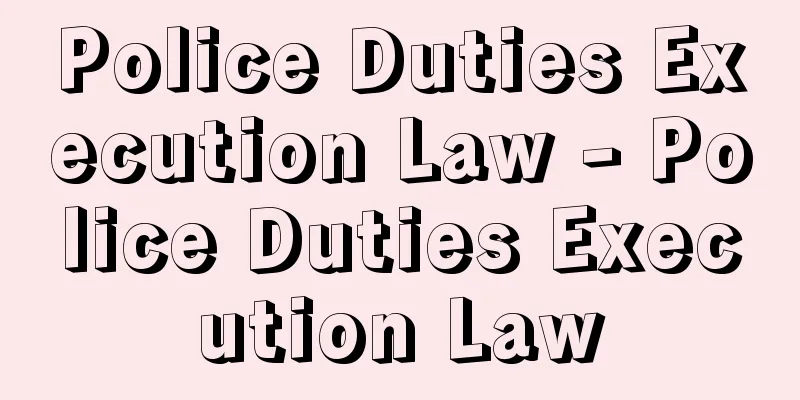
|
This law (Law No. 136, 1948) generally provides for the means necessary for police officers to carry out their duties, with a focus on the power of immediate coercion. It is also called the Police Duties Law. This law was enacted to replace the Administrative Execution Law (Law No. 84, 1900), which had existed since the Meiji era and generally provided for administrative coercive means to achieve administrative objectives, and was abolished in 1948 (Showa 23). Based on the historical background of the time when Japan's sovereignty was under the control of the occupying forces and demilitarization and democratization were being strongly promoted, this law is characterized by its extremely detailed and careful provisions for the protection of individual human rights. As means for police officers to faithfully carry out their duties, such as protecting the lives, bodies, and property of individuals, preventing crimes, and maintaining public safety, this law provides for measures such as questioning, protection, evacuation, prevention and suppression of crimes, entry, and the use of weapons, but it strictly limits the cases in which these means can be used, and in Article 1, paragraph 2, it particularly urges caution that these means should be used only to the minimum extent necessary for the purpose and should not be abused. The main contents of these measures are as follows: (1) Questioning A police officer may stop and question any person who he or she has reasonable cause to suspect has committed or is about to commit a crime, or who is deemed to have knowledge of a crime. If questioning on the spot is deemed to be prejudicial to the person or to be a traffic obstruction, the police officer may request the person to accompany him or her to a nearby police station or police box, etc. (Article 2). (2) Protection Police officers must provide protection to an appropriate location, such as a police station, to persons who are in danger of harming their own or others' life, body, or property due to mental confusion or drunkenness, or to lost children, sick persons, injured persons, etc., who are not accompanied by an appropriate guardian and who are deemed to require emergency medical care, unless the person refuses. This police protection must not exceed 24 hours without the permission of a judge of a summary court (Article 3). (3) Measures such as evacuation, prevention and prevention of crime, entry In the event of a dangerous situation such as a natural disaster, incident, or traffic accident, police officers shall warn those involved, and in cases where it is particularly urgent, they may evacuate those at risk of harm, order those involved to take necessary measures, or take such measures themselves (Article 4). When police officers recognize that a crime is about to be committed, they shall warn those involved in order to prevent it, and in cases where it is urgent, they may stop the act (Article 5). In these cases, if the situation is deemed imminent and unavoidable, police officers may enter other people's land, buildings, etc. Furthermore, police officers may enter places where many customers gather, such as theaters, only during opening hours in order to prevent crime and harm (Article 6). (4) Use of Weapons Police officers may use weapons to the extent that is deemed reasonably necessary in the circumstances when there is sufficient reason to deem it necessary for the arrest or prevention of escape of a criminal, for the protection of themselves or others, or for the prevention of resistance to the execution of official duties. However, they may not harm people unless it is in self-defense, emergency evacuation, or other specific circumstances (Article 7). [Miyakoshi Kiwami] Struggle against the Police ActOn October 8, 1958, the government (the Kishi Nobusuke Cabinet) submitted a bill to the Diet to amend the Police Duties Execution Law in order to enable the police to carry out their duties in a way that suited the social conditions of the time. However, a fierce opposition struggle unfolded, mainly from opposition parties and labor unions, who saw this as a revival of the former Peace Preservation Law, and in the end the bill was not passed and was scrapped. [Miyakoshi Kiwami] [References] | | | | | | |Source: Shogakukan Encyclopedia Nipponica About Encyclopedia Nipponica Information | Legend |
|
警察官の職務執行のために必要な手段について、即時強制の権限を中心として一般的に規定した法律(昭和23年法律第136号)。警職法ともいう。明治以来、行政目的実現のための行政上の強制手段を一般的に定めた法律として存在した行政執行法(明治33年法律第84号)が1948年(昭和23)に廃止されたため、これにかわるべきものとして制定された。当時、日本の統治権が占領軍の管理下に置かれ、非軍事化、民主化が強力に推進されていたという時代的背景に基づき、個人の人権の保護についてきわめて詳細かつ注意深い規定を置いていることが特色である。警察官が個人の生命、身体および財産の保護、犯罪の予防、公安の維持などの職務を忠実に遂行するための手段として、質問、保護、避難等の措置、犯罪の予防および制止、立入り、武器の使用について規定しているが、これらの手段をとることができる場合を厳格に制限しているほか、第1条2項において、これらの手段をその目的のため必要な最小限度において用い、濫用にわたるようなことがあってはならない旨、とくに注意を促している。これらの手段のおもな内容は次のとおりである。 (1)質問 警察官は、犯罪を犯し、もしくは犯そうとしていると疑うに足りる相当な理由のある者、または犯罪について知っていると認められる者を停止させて質問することができ、また、その場で質問することが本人に不利であり、または交通の妨害になると認められる場合には、付近の警察署、交番等への同行を求めることができる(2条)。 (2)保護 警察官は、精神錯乱または泥酔のため、自己または他人の生命、身体または財産に危害を及ぼすおそれのある者や、迷い子、病人、負傷者等で適当な保護者を伴わず、応急の救護を要すると認められる者は本人が拒まない限り、警察署等の適当な場所に保護しなければならない。この警察の保護は、簡易裁判所の裁判官の許可状がない場合には24時間を超えてはならない(3条)。 (3)避難等の措置、犯罪の予防および制止、立入り 警察官は、天災、事変、交通事故等危険な事態がある場合、関係者に警告し、とくに急を要する場合には、危害を受けるおそれのある者を避難等させ、または関係者に必要な措置をとることを命じ、または自らその措置をとることができる(4条)。警察官は、犯罪がまさに行われようとするのを認めたときは、その予防のため関係者に警告し、急を要する場合には、その行為を制止できる(5条)。これらの場合において、切迫していてやむをえないと認めるときは、警察官は他人の土地、建物等への立入りができる。また、興行場等多数の客の来集する場所には、犯罪、危害の予防のため、公開時間中に限り立入りできる(6条)。 (4)武器の使用 警察官は、犯人の逮捕もしくは逃走の防止、自己もしくは他人の防護、公務執行に対する抵抗の抑止のため必要と認める相当な理由のある場合には、その事態に応じ合理的に必要と判断される限度において、武器を使用できる。ただし、正当防衛、緊急避難その他一定の事由に該当する場合でなければ人に危害を与えてはならない(7条)。 [宮越 極] 警職法反対闘争1958年(昭和33)10月8日、政府(岸信介(きしのぶすけ)内閣)は、警察が当時の社会情勢に適応した職務執行ができるようにするため、警察官職務執行法の一部改正案を国会に提出した。これに対し、かつての治安維持法の復活であるとする野党、労働組合等を中心として激しい反対闘争が展開され、結局この法案は成立せず、廃案となった。 [宮越 極] [参照項目] | | | | | | |出典 小学館 日本大百科全書(ニッポニカ)日本大百科全書(ニッポニカ)について 情報 | 凡例 |
<<: Police force - Keisatsugun (English spelling) constabulary force
>>: Police officer - Keisatsukan
Recommend
hijab (English spelling)
… [Ikeda Takae] [The Veil of Islamic Society] In ...
Nurī al‐Sa'īd
1888‐1958 Iraqi politician. A Sunni Muslim from Ba...
Deuterium - Deuterium
A general term for hydrogen isotopes with mass nu...
First funeral - Ichijiso
...A burial method in which a body is temporarily...
Ecole de Guerre Navale (English name)
…The Royal Naval College (founded in 1873) is in ...
Summary court judge - Kan'isaibanshohanji
Summary court judges are judges of a single case, ...
Jerstad, E.
...During this period of the monarchy, the area s...
Pancreatic islets transplantation
Since diabetes (type I or juvenile type) is caused...
Acetic acid - Sakusan (English spelling)
One of the most well-known fatty acids. It is als...
Wu-sun (English spelling)
A nomadic tribe that lived north of the Tianshan M...
Keshab Chandra Sen
1838‐84 A modern Indian religious reformer. He joi...
Stanley
American biochemist. He obtained his Ph.D. in che...
Umono Sukuromushi - Umono Sukuromushi
…Generally, females do not show as dramatic chang...
hairy vetch
…In cold regions, it is cultivated by sowing in t...
Inertial coordinate system - inertial frame of reference; inertial system
Also known as an inertial system or coasting syste...
